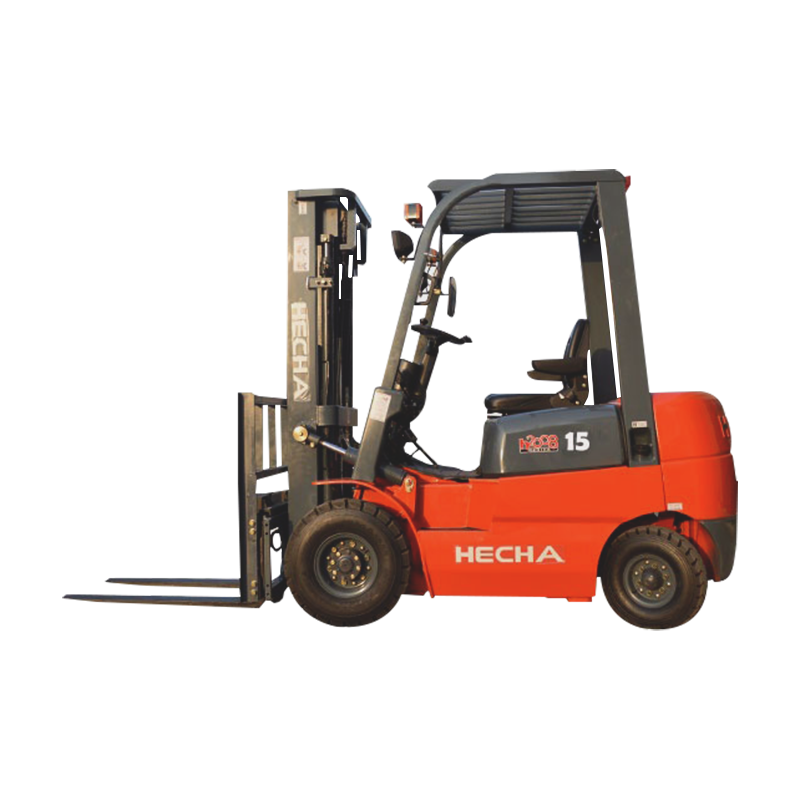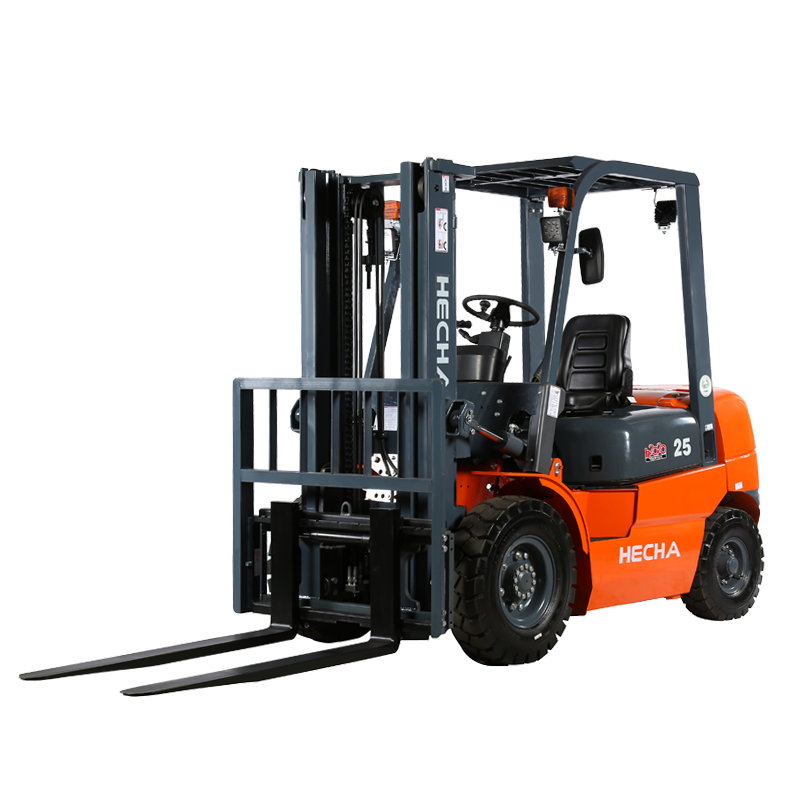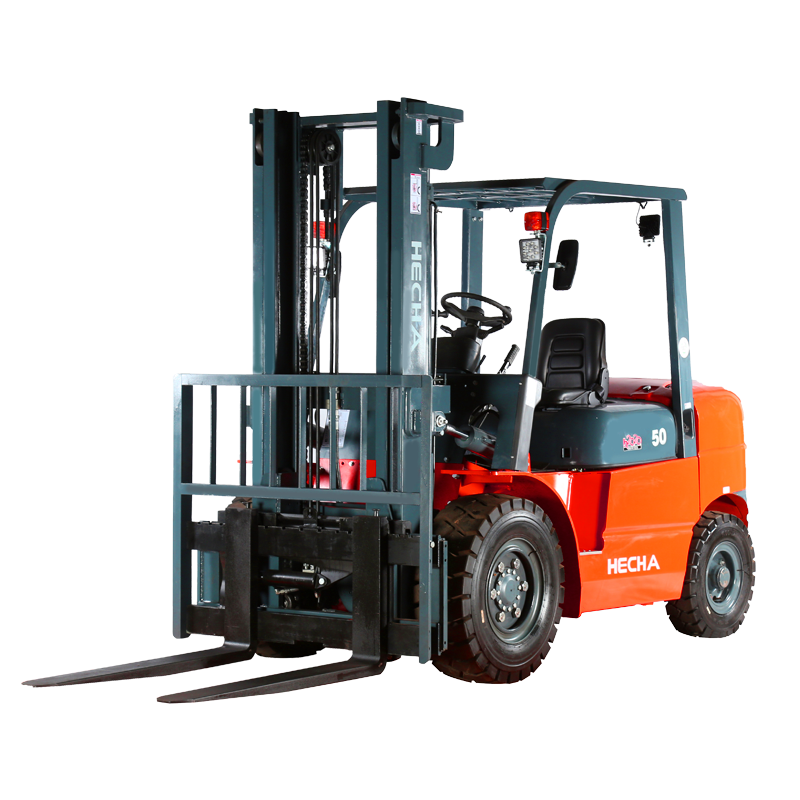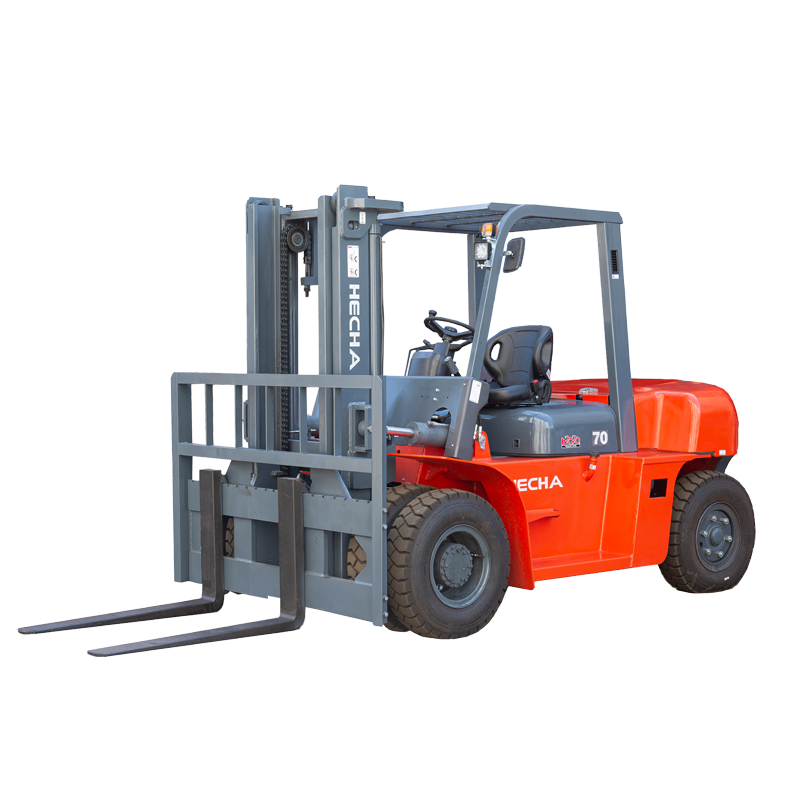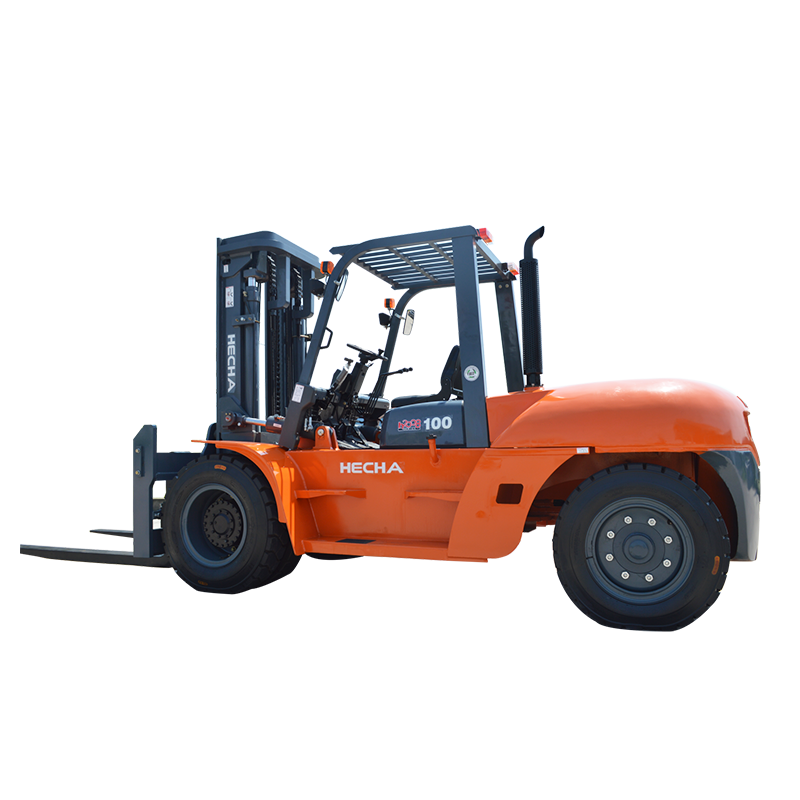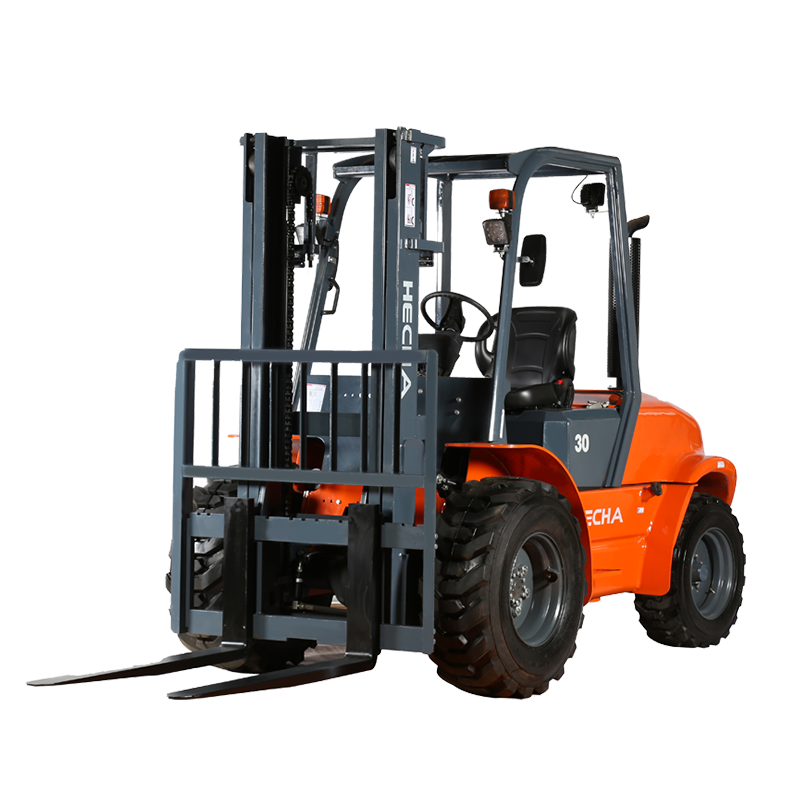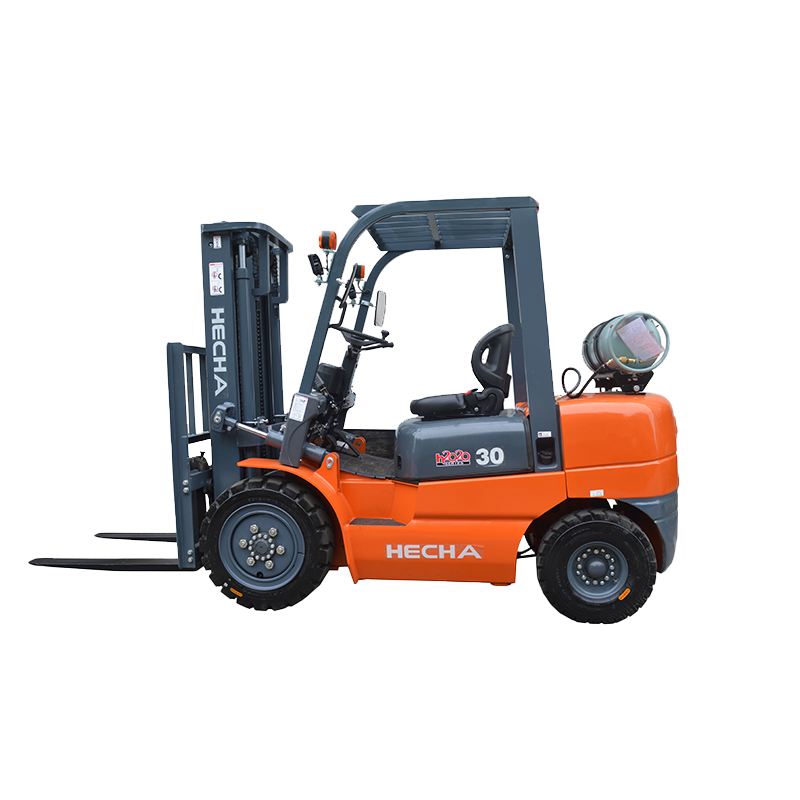In modern logistics and engineering operations, traditional forklifts are often limited by fixed mast structures and are difficult to cope with the precise handling requirements under complex terrain. One of the core breakthroughs of telescopic four-wheel drive off-road forklifts is that its mast system not only achieves the expansion of lifting height, but also through a dynamic adjustment mechanism, enables the vehicle to maintain stable and efficient operation capabilities on tilted, soft or rugged ground. This design is not a simple mechanical extension, but a systematic innovation that combines structural mechanics and hydraulic control technology, which fundamentally improves the adaptability of forklifts in unstructured environments.
The core advantage of telescopic masts lies in their adjustable geometric structure. The masts of traditional forklifts are mostly rigid designs, and the extension length and angle of the forks are fixed. They perform well on horizontal hard ground, but once they face slopes or uneven roads, their stability and operating accuracy will be significantly reduced. The telescopic mast is controlled by a multi-stage hydraulic cylinder, allowing the operator to adjust the extension length and tilt angle of the forks in real time according to the terrain. For example, when loading and unloading goods on an inclined ramp, the mast can dynamically compensate for uneven ground conditions, keeping the forks level at all times and preventing the load from slipping or the center of gravity from shifting. This adaptive capability not only reduces the tediousness of repeated manual adjustments, but also reduces the risk of rollover or cargo tipping due to operator errors.
The mast's dynamic response is synergistic with the four-wheel drive system. On soft or slippery surfaces, the four-wheel drive system ensures that the tires have sufficient traction, while the telescopic mast further enhances the vehicle's stability by optimizing load distribution. When the forklift is operating in sandy or muddy environments, the mast's telescopic function adjusts the front and rear position of the cargo to avoid sinking of the front wheels due to excessive forward shifting of the center of gravity, or slipping of the rear wheels due to backward tilting. This dynamic load balancing capability allows the vehicle to maintain a controllable operating state even in extreme working conditions without relying on additional external support or frequent vehicle movement.
In addition, the design of the telescopic mast also optimizes operating efficiency in narrow spaces. In restricted environments such as container loading and unloading, construction sites or mine tunnels, traditional forklifts often need to make multiple forward and backward adjustments due to insufficient operating radius. The telescopic gantry allows the fork to be flexibly extended in a limited space, and stacking or picking and placing operations can be completed without frequently moving the vehicle body. This feature not only improves work efficiency, but also reduces tire wear and energy consumption caused by vehicle movement in complex terrain. At the same time, the precise control capability of the gantry enables the forklift to achieve millimeter-level operations in high-density warehousing or precision equipment handling, further expanding its application scenarios.
From an engineering design perspective, the reliability of the telescopic gantry depends on the combination of high-strength materials and precision hydraulic systems. Multi-stage telescopic arms are usually made of special alloy steel, which reduces the deadweight while ensuring bending and torsional strength. The hydraulic system uses closed-loop control technology to monitor the telescopic state and load changes of the gantry in real time to prevent structural damage caused by overload or eccentric loading. This design not only extends the service life of key components, but also reduces the maintenance frequency, allowing the forklift to maintain long-term stable performance output in harsh environments.
The mast system of the telescopic four-wheel drive off-road forklift is essentially a redefinition of the traditional material handling logic. It no longer regards "lifting" and "moving" as independent functions, but through a dynamic adjustment mechanism, the two are organically unified in complex terrain. The value of this technology is not only reflected in the improvement of a single performance, but also in that it breaks the operating restrictions of fixed scenes, making the forklift truly an intelligent handling device that adapts to the global environment.

 English
English 中文简体
中文简体 русский
русский Français
Français Español
Español

